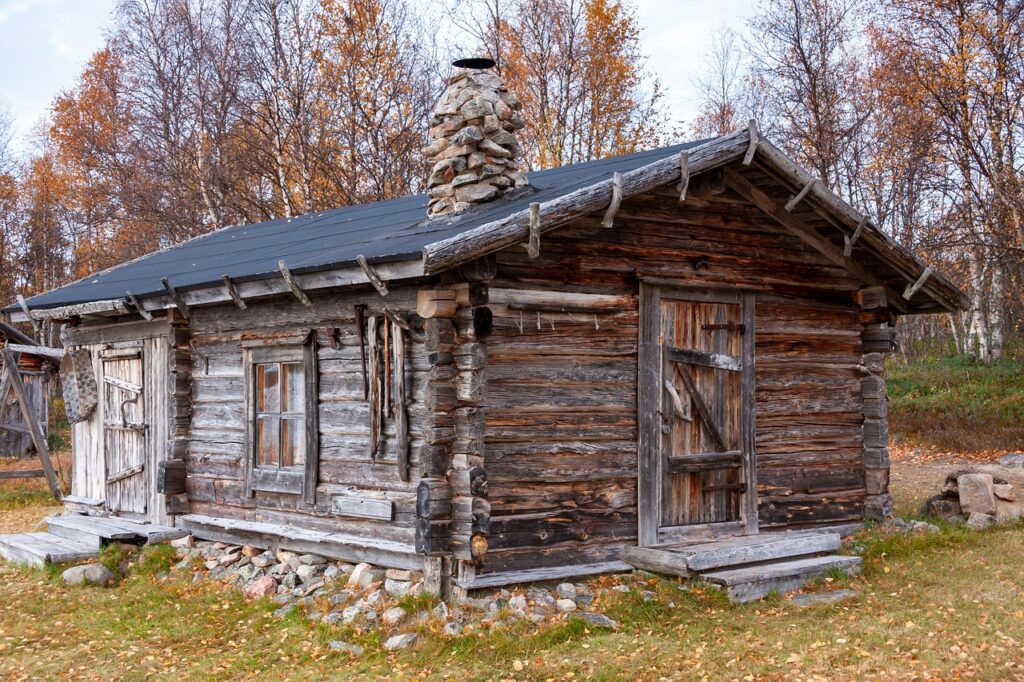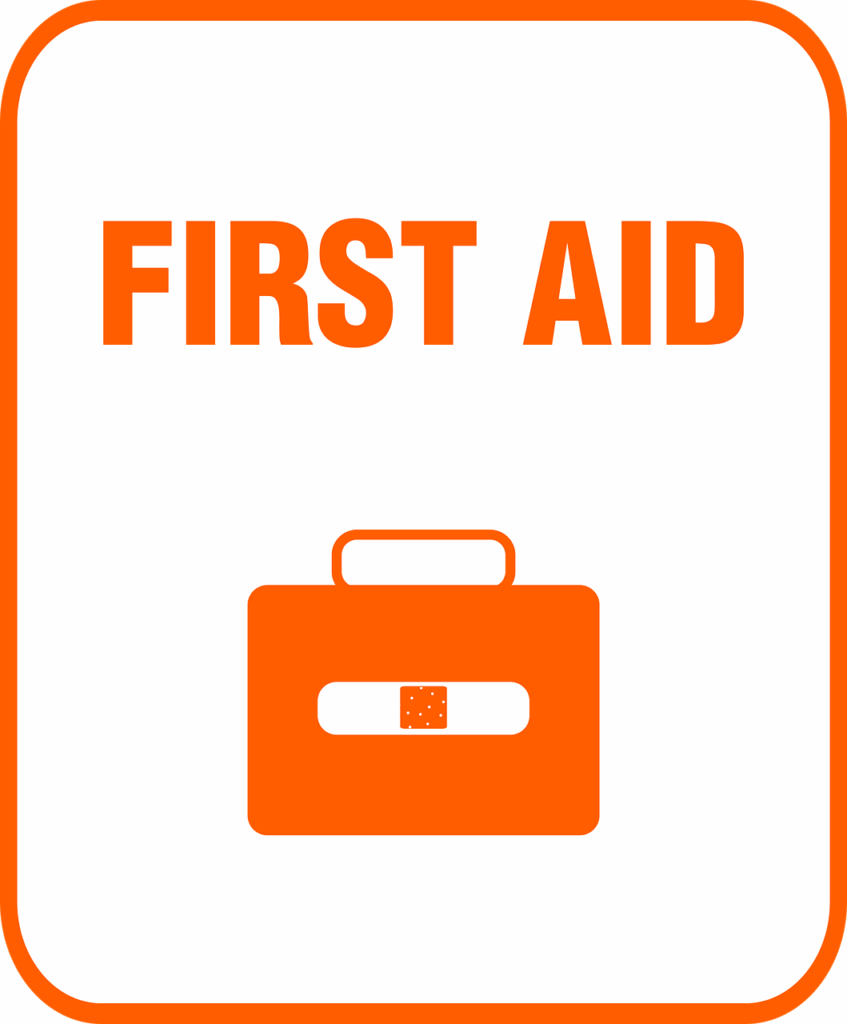
Camping, hiking, and exploring the great outdoors are thrilling adventures that many of us cherish. The fresh air, the connection with nature, and the sense of freedom are unparalleled. But what if something goes wrong? Most outdoor enthusiasts never expect to find themselves in a life-or-death survival situation. After all, we plan our trips, know our abilities, and usually prepare adequately. However, those unexpected moments can catch even the most experienced adventurers off guard.
The wilderness is a place of beauty and tranquility, but it can also be unforgiving. Weather can change rapidly, equipment can fail, and injuries can happen. These are realities that every outdoor lover must face. But fear not, for the skills and knowledge needed to survive and thrive in the wild can be learned and practiced. Understanding survival camping gear and essential survival skills is not just for the extreme survivalist; it’s for everyone who steps into the wild. Whether you’re a seasoned explorer or a family on a weekend camping trip, knowing how to handle unexpected challenges is empowering.
In this comprehensive guide, we’ll explore ten vital skills that every man should know to navigate, survive, and even thrive in the wild. From establishing a fire to finding clean water and building a secure shelter, these are the cornerstones of wilderness self-reliance. Equipping yourself with this knowledge is not about fearing the wild, but about understanding, respecting, and enjoying it with unwavering confidence. Let’s delve into the practical wisdom that can make all the difference when you’re far from civilization.
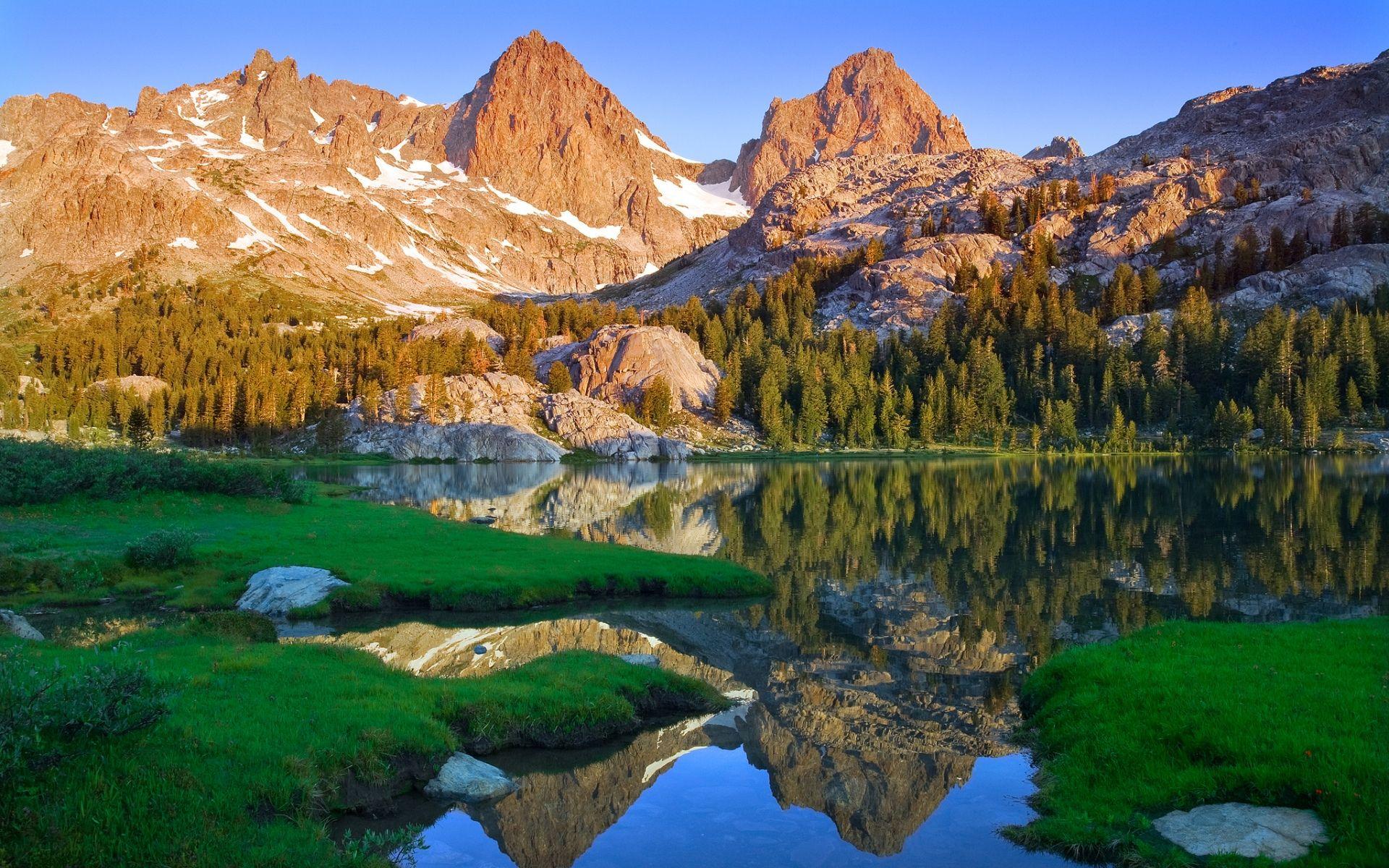
1. **Wilderness Awareness: Understanding Your Environment**
Before embarking on any wilderness adventure, it’s vital to develop a keen sense of wilderness awareness. This is the first step in ensuring your safety and involves understanding the terrain, local flora and fauna, and potential hazards. Awareness is not just about knowing what’s around you; it’s about understanding how everything interacts within the ecosystem.
Environmental understanding is paramount. You need to know the landscape, including its topography, geology, and features like valleys, ridges, and water sources. Understanding the terrain helps immensely with navigation and helps you identify safe passage or potential challenges. Equally important is recognizing the native plants and animals in the area, as understanding the local ecosystem can aid in finding food, water, and avoiding potential hazards like poisonous plants or venomous creatures.
Beyond the immediate landscape, learning about the typical weather patterns and climate of the region you’re exploring is crucial. Knowing what to expect in terms of temperature, precipitation, and seasonal changes can help you plan accordingly and avoid being caught unprepared by sudden storms or extreme conditions. Identifying specific local hazards, such as avalanches in mountainous regions or flash floods in arid zones, is also a key part of this foundational skill.
Developing skills in tracking and observation further enhances your wilderness awareness. This includes recognizing animal tracks and signs, which can provide valuable information about local wildlife and their behavior. Understanding the availability of resources like water sources, edible plants, and potential sources of firewood is also essential, as knowing where to find these can be critical in a survival situation. This comprehensive awareness builds a robust mental map of your environment, empowering you to make informed decisions.
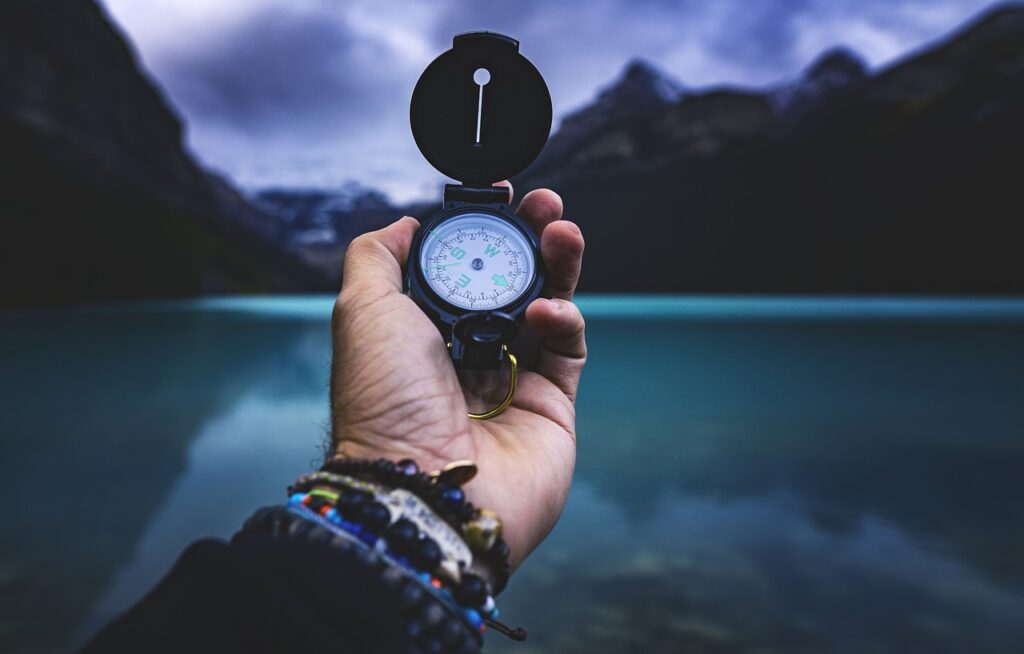
2. **Navigation Mastery: Finding Your Way Back**
Getting lost in the wilderness can quickly turn an adventure into a nightmare, highlighting the absolute necessity of robust navigation skills. While modern GPS devices are helpful for precise navigation, traditional methods remain indispensable, especially when electronics fail. Mastering map reading, compass use, and natural navigation techniques ensures you can always find your way, conserve energy, and avoid dangerous areas.
Understanding topographic maps is essential. These maps visually represent the terrain’s elevation and features, helping you identify landmarks, trails, and potential water sources long before you reach them. Learning to interpret contour lines, rivers, and paths is a fundamental skill that connects what you see on paper to the real world. A compass is a valuable, battery-free tool for determining direction; learning how to read it and use it in conjunction with a map to plot your course accurately is a skill that comes with practice and can be lifesaving.
Orienteering, a sport and skill that involves using maps and a compass to navigate through unfamiliar terrain efficiently, is an excellent way to practice and significantly improve your navigation abilities. While GPS devices can pinpoint your location and track your route, always have a backup plan with traditional tools. Terrain association, which involves recognizing natural features like ridgelines, valleys, rivers, and prominent landmarks, allows you to orient yourself even without instruments, relying on the land itself as your guide.
The sun and stars offer another ancient form of navigation. Understanding that the sun rises in the east and sets in the west provides basic directional clues, while locating the North Star (Polaris) can reliably point north in the northern hemisphere at night. Dead reckoning, which estimates your current position based on your last known location and the direction and distance traveled, can be a valuable technique when other tools are unavailable. Regular practice in diverse environments is key to building confidence and proficiency in all these navigation methods.
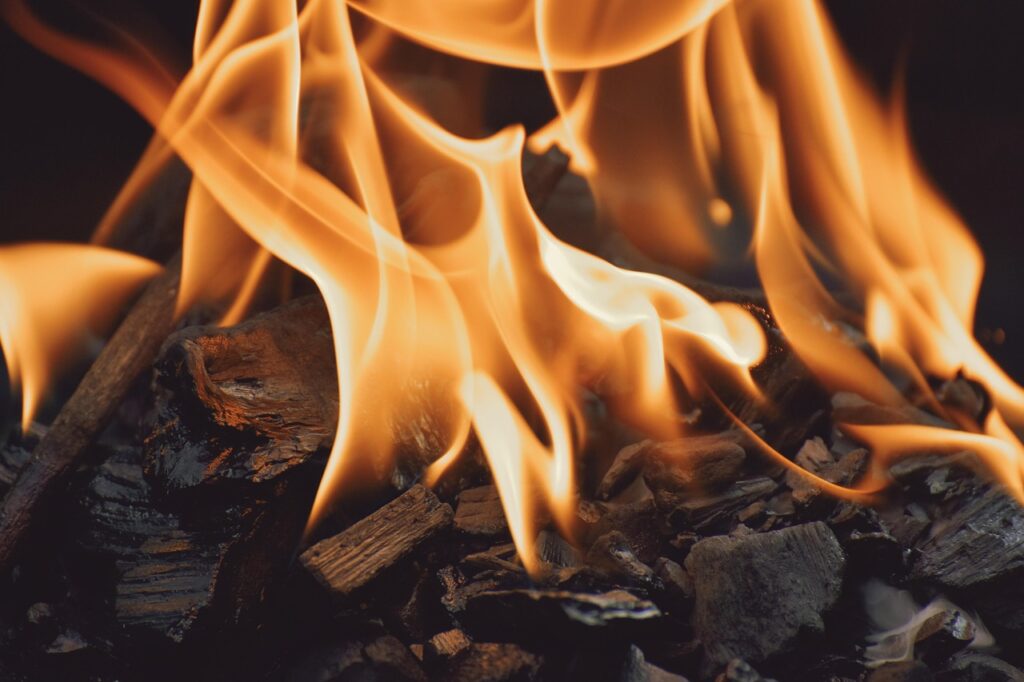
3. **Firecraft Expertise: Harnessing the Flame of Life**
Mastering the art of making fire is a cornerstone of wilderness survival, a skill that provides warmth, cooks food, purifies water, wards off predators, and can even be used as a signaling tool. Fire is more than just a source of heat; it’s a symbol of hope and human ingenuity in the wild, capable of lifting spirits and providing psychological comfort in the loneliest of nights. Knowing how to start a fire reliably, even without modern tools, is profoundly empowering.
There are various fire-starting techniques to understand and practice. Carrying a reliable fire starter, like a ferrocerium rod or waterproof matches, is the most straightforward approach. However, what if these aren’t available? Learning friction fire methods, such as the fire bow, fire plough, or hand drill, involves rubbing two pieces of wood together to create an ember. This is a challenging but incredibly valuable skill that requires practice and patience to master. Solar fire starting, utilizing a magnifying glass or other lens to focus the sun’s energy onto tinder, is another clean and simple method, provided there’s strong sunlight.
The key to any fire is proper tinder and kindling. You must identify and collect dry, flammable materials to use as tinder, such as dry leaves, birch bark, or cotton balls. Small twigs and branches, known as kindling, are then added to gradually build up the flame. Without these foundational elements, even the best sparks will fizzle out. Different fire lays and structures, like the teepee, lean-to, log cabin, or Dakota hole, serve specific purposes and are designed for various conditions, optimizing air circulation and burn efficiency.
Fire safety is paramount to prevent wildfires. Always choose a safe location away from dry vegetation, rocks, and overhanging branches. Clearing the area and creating a fire ring, if possible, are essential precautions. Once established, fire maintenance involves adding fuel gradually to keep it burning steadily, and using it responsibly means gathering only dead and downed wood, rather than cutting live trees. Practicing these fire-starting skills in various weather conditions, especially wet and windy ones, is crucial for gaining real-world experience and ensuring you can always harness the flame when it matters most.

4. **Water Procurement & Purification: The Essence of Survival**
Water is absolutely essential for survival. Knowing how to find and purify it is crucial to avoid dehydration and illness, as untreated water may contain harmful pathogens. Hydration is not only key for drinking but also necessary for cooking and cleaning wounds. In the wild, securing a safe water source often takes precedence after establishing shelter, making this skill one of the most vital in any survival scenario.
The first step is identifying potential water sources. Look for natural clues like rivers, streams, lakes, ponds, and even rainwater puddles. Areas with dense vegetation often indicate the presence of water, as plants require moisture to thrive. While running water is generally safer than stagnant water, never assume that any natural source is safe to drink without proper treatment. Avoiding stagnant water is a good rule of thumb, as it tends to harbor more contaminants.
Water purification techniques are non-negotiable. Boiling water for at least one minute is one of the most effective methods to kill most pathogens. Chemical treatment, using purification tablets or drops containing chlorine or iodine, provides another reliable way to kill harmful microorganisms; always follow instructions for effectiveness. Portable water filters or purifiers are excellent tools to remove bacteria, protozoa, and other contaminants, offering a convenient solution for on-the-go purification. Solar Disinfection (SODIS), where clear plastic bottles filled with water are placed in direct sunlight for at least six hours, also kills microorganisms.
Carrying a reliable water container, such as a canteen, water bottle, or hydration bladder, is fundamental for transporting and storing water. In rainy conditions, you can collect rainwater using improvised containers like tarps or large leaves, ensuring the collection surface is clean. In arid environments, digging a “seep” or “solar still” can help collect water from the ground by trapping moisture. Learning to identify edible plants with high water content, like certain cacti in desert regions, can also supplement your water intake. Conserving water by drinking in small sips and avoiding unnecessary sweating is equally important to minimize dehydration and ensure your precious supply lasts as long as possible.
Product on Amazon: 55 Gallon Water Preserver Concentrate (5 years) Water Treatment Drops – Water Treatment For Drinking Water – Mayday Emergency Drinking Water – Defiance Fuel Water – Earthquake Water, Emergency Storage
Brand: HGFLMR
Binding: Product Group: Outdoors
Price: 16.1 USD
Rating: 4.6 Total reviews: 1220
Installation Type: Under Sink
UPC: 788581660928
Features:
1. 5 YEAR STORAGE: The first and only product accepted and proven safe for 5-year water storage!
2. 12 YEARS OF TESTING: Proven effective in over 12 years of testing and use!
3. PROPRIETARY FORMULA Long term water supply, earthquake kit water, water stabilizer, water earthquake
4. GMP FACILITY: Safe Long term water storage, water storage barrels, not like water purifying tablets
5. MADE IN THE USA: Better then water tablets survival, water treatment tablets, purification kit
Shopping on Amazon >>
5. **Shelter Construction: Your First Line of Defense**
Knowing how to construct a shelter from available materials can mean the difference between life and death in extreme conditions. A good shelter shields you from rain, wind, cold, and insects, helping to retain body heat and ensuring restful sleep. While carrying a tent is useful, understanding how to build makeshift shelters using natural resources is a core survival skill, adaptable to any environment and essential when your primary gear is lost or damaged.
The wilderness is full of natural formations that can serve as shelters. Overhangs, caves, heavy foliage, or uprooted trees can be lifesavers when you need to escape the elements. Recognizing these natural shelters requires a keen eye and an understanding of the landscape. For instance, in a sudden storm, a rock overhang can shield you from wind and rain, while a dense cluster of trees or an uprooted tree with space underneath can provide temporary refuge. The key is to think creatively and observe your surroundings; nature often provides what we need, if we know how to look.
Sometimes, natural shelters are unavailable, compelling you to construct one. This is where resourcefulness and understanding your environment come into play. Building a shelter from forest debris is not about luxury but about effective protection from wind, rain, snow, and even predators. It doesn’t have to be pretty; it has to be functional. Start by identifying a stable base, such as a fallen log or a large rock. Lean twigs and sticks against this base to create a sturdy frame, then fill in the gaps with foliage, moss, or whatever insulating materials are available to create a barrier against the elements.
Different environments call for different types of shelters. If you have a tarp or similar waterproof material, you can create a simple A-frame or lean-to shelter quickly. In snowy conditions, a snow cave or a quinzhee (a shelter made from hollowed-out snow) can offer surprisingly warm and secure protection. In a desert, a simple sunshade made from clothing or fabric might be all that is needed to prevent heatstroke. The materials and design will always depend on your specific situation and environment, emphasizing the importance of adapting your shelter strategy to prevailing conditions. Practicing various types of shelter construction during your regular camping trips, experimenting with natural materials, will build invaluable experience for any real survival situation.
Building upon the foundational knowledge of awareness, navigation, firecraft, water, and shelter, the next set of vital skills delves into advanced survival and safety measures in the wild. These skills are designed to equip you with the confidence and capability to handle unforeseen challenges, from medical emergencies to wildlife encounters and calling for help, ensuring you are truly prepared for anything the wilderness might throw your way.
6. **Wilderness First Aid: Treating Injuries and Saving Lives**
In the untamed wilderness, even a seemingly minor injury can escalate rapidly into a serious threat if not addressed promptly and correctly. This is precisely why wilderness first aid is an indispensable skill, far beyond just carrying a basic first aid kit. It empowers you to stabilize an injured person, prevent infections, and manage health issues while awaiting professional help, making it a truly life-saving capability. Knowing how to react in critical moments can profoundly impact an outcome.
Essential first aid knowledge begins with foundational skills. Learning how to properly apply bandages to cover and protect wounds is crucial, as even small cuts can become infected. Equally important is knowing how to immobilize a fracture or sprain using improvised splints fashioned from available materials. Furthermore, understanding how to treat various bites and stings – from insects to venomous snakes – and recognizing allergic reactions, allows for immediate and effective response in common wilderness emergencies.
Beyond these basics, comprehensive wilderness first aid extends to a deeper understanding of patient care in remote settings. Consider taking a dedicated wilderness first aid course, or even an advanced wilderness first responder (WFR) course, to gain specialized knowledge. These programs teach you how to perform a primary assessment, checking for responsiveness, breathing, and circulation (ABCs), which are critical steps in any emergency. You’ll also learn detailed wound care, including cleaning and dressing, and the nuances of managing burns, whether thermal, chemical, or sunburn.
Effective wilderness medical training also covers how to recognize and treat environmental conditions such as hypothermia, caused by dangerous drops in body temperature, and hyperthermia, resulting from overheating. Identifying the signs of dehydration and knowing how to safely rehydrate a person, perhaps with oral rehydration solutions, is paramount. Learning to manage severe allergic reactions, including the proper use of epinephrine if available, can be the difference between life and death.
Patient assessment and documentation are vital for relaying accurate information to rescuers, while psychological support is equally important for comfort and reassurance. Regularly practicing these skills through scenario-based training, simulating various wilderness emergencies, will significantly hone your abilities. Finally, always carry a well-stocked and comprehensive first aid kit, tailored for wilderness use, as your most reliable companion for treating injuries and illnesses far from civilization.

7. **Food Procurement & Foraging: Sustaining Yourself in the Wild**
While it’s always wise to venture into the wilderness with ample provisions, emergencies can deplete even the most carefully packed supplies. This is where the ability to procure food from your surroundings becomes an invaluable extension of your survival capabilities. Learning how to forage for edible plants, and, where permissible and necessary, hunt or fish, can provide the sustenance needed to endure an extended stay in the wild. This skill is not about replacing your planned meals, but about understanding how to supplement or replace them if the unforeseen occurs.
Preparation includes carrying high-energy, non-perishable emergency food rations in your survival kit. These serve as a critical backup when other methods are impractical or unsuccessful. Foraging, however, takes you deeper into self-reliance. It involves identifying edible wild plants and berries native to the area you are exploring. Familiarizing yourself with their availability during different seasons and understanding their nutritional value is key. This knowledge empowers you to find valuable calories and nutrients that nature provides.
It’s crucial to understand that not all parts of a plant are edible, and some may require specific preparation methods to remove toxins before consumption. Knowledge of preservation techniques, such as smoking or drying meat and fish, can be vital for storing food long-term, ensuring a more stable supply. Always remember the ethical considerations of foraging, hunting, and trapping; responsible practices minimize impact on the ecosystem. Moreover, staying compliant with local regulations and restrictions related to gathering resources is essential to avoid legal issues.
To truly master food procurement, consistent practice in various conditions is vital. Survival situations are not the time for experimentation; rather, they demand practiced and confident application of known techniques. Developing a keen eye for what the landscape offers, safely identifying edible resources, and understanding how to prepare them will significantly enhance your self-sufficiency. This mastery ensures that you can sustain yourself, even when your backpack is empty.
Product on Amazon: Foraging Forager Wild Food Natural Food Stainless Steel Insulated Tumbler
Brand: Forage Nature Hiking
Binding: Kitchen Product Group: Kitchen
Price: 21.99 USD
Color: White
Special Feature: Insulated
Included Components: Lid
Specific Uses For Product: Cold Drinks, Hot Drinks
Features:
1. Great gift for wild food lovers, hikers, foragers and mushroom hunters.
2. Sustainable foragers, greenies, organic and natural food enthusiasts.
3. Dual wall insulated: keeps beverages hot or cold
4. Stainless Steel, BPA Free
5. Leak proof lid with clear slider
Shopping on Amazon >>

8. **Wildlife Awareness & Coexistence: Respecting Nature’s Inhabitants**
Venturing into the wild means sharing the habitat with its original inhabitants. A critical survival skill involves respecting the wildlife and understanding how to safely coexist with animals in their natural environment. Knowledge of animal behavior is your first line of defense, preventing encounters that could quickly turn dangerous. It’s about being an observant and respectful guest in their home, rather than an intrusive one.
Central to wildlife awareness is observing and interpreting animal behavior. Understanding their body language, vocalizations, and movements can provide crucial insights into their intentions and potential threats. Before any wilderness trip, research the local wildlife species, learning about their habitats, feeding habits, and any risks they might pose. Familiarizing yourself with tracks, scat, and other signs left by animals can also help identify their presence and recent activities, giving you an advantage in avoiding unexpected encounters.
Specific precautions are necessary for different species. In bear country, understanding bear behavior and implementing proper safety measures, such as storing food and scented items in bear-resistant containers or hanging them high in a bear bag, is paramount to prevent attracting them to your campsite. For regions with venomous snakes, learn how to identify these species and the appropriate precautions to take to avoid snakebites. The goal is always avoidance: maintain a safe distance, make noise to alert animals to your presence, and never surprise them.
Responsible interaction with wildlife also includes adhering to Leave No Trace principles, which emphasize observing from a distance and never feeding animals. Feeding wildlife disrupts their natural behaviors and can lead to dangerous dependencies. Birdwatching can also enhance your overall wildlife awareness, as birds often serve as indicators of other animal presence. If you engage in wildlife photography, do so ethically: use long lenses, avoid disturbing nesting sites, and never bait or harass animals for a better shot.
Further enhancing your preparedness involves understanding basic first aid for wildlife encounters, such as how to treat animal bites or stings. Respecting laws and regulations protecting endangered or threatened species is crucial, as is reporting any significant sightings to appropriate authorities. If you bring pets into the wilderness, keep them leashed and adhere to park regulations, as pets can disturb both wildlife and ecosystems. Local fish and wildlife agencies are excellent resources for current activity and necessary precautions. Carrying deterrents like bear spray or noise-makers and knowing how to use them effectively can provide an added layer of safety.

9. **Emergency Signaling: Calling for Help When It Matters Most**
In the unpredictable environment of the wild, an emergency can arise swiftly and unexpectedly, leaving you in a situation where calling for help becomes your top priority. Knowing how to effectively signal for assistance is a vital skill that can attract attention and guide rescuers to your location, making the difference between a prolonged ordeal and a timely rescue. Having the right tools and knowing how to use them can literally be a lifeline.
Your survival kit should always include dedicated signaling devices. A loud whistle, for instance, can carry over long distances and is a highly effective auditory signal for help. A small, lightweight signal mirror can reflect sunlight to create a visible flash, detectable from miles away, especially in clear conditions. For night emergencies, flares or signal flares create bright, burning signals. Modern advancements also offer Personal Locator Beacons (PLBs), satellite-based devices that send distress signals to search and rescue organizations, typically reserved as a last resort when all other options have failed.
Beyond specialized tools, you can leverage other methods. In the absence of visual signals, rhythmic auditory signals, such as three short blasts followed by a pause on a whistle or repeated shouting, are internationally recognized distress calls. Building a signal fire using green vegetation or other materials that produce thick, dark smoke can create a highly visible plume, especially in open terrain. On the ground, large symbols or messages made from rocks, branches, or contrasting materials can be spotted from the air, with an ‘SOS’ or a large ‘X’ being universally understood.
At night, if you have a flashlight or strobe light, use it to signal in a repeated pattern, such as the Morse code for SOS (three short, three long, three short). Learning and consistently using standardized whistle codes like SOS enhances communication effectiveness. To increase your overall chances of being seen, wear bright clothing or use reflective materials on your gear. Hanging colorful objects or clothing from trees or structures can also improve visibility, creating a contrast against natural surroundings.
Whenever possible, move to an open area with a clear line of sight to the sky, as this significantly increases your chances of being seen by rescuers. In addition to whistles, use any available tools to create loud noises. If you hear or see an aircraft overhead, use immediate visual signals—waving a brightly colored cloth, signaling mirror, or flashlight—to attract their attention. Maintaining a consistent signaling routine, signaling repeatedly at regular intervals, is crucial if you believe search and rescue teams are in the vicinity. Finally, be prepared for potential long waits by conserving energy, rationing food and water, and sustaining your signaling efforts.
10. **Risk Management & Preparedness: Mastering the Art of Prevention**
The ultimate skill in wilderness survival is not merely reacting to emergencies, but proactively preventing them. This is the essence of risk management: the critical ability to assess potential dangers, make informed decisions, and recognize when to retreat, change plans, or even abandon an expedition altogether. Your safety, and the safety of your companions, must always be the paramount consideration, overriding ambition or desire to push forward.
Effective risk management begins long before you even set foot on the trail. It means planning thoroughly: meticulously researching your destination, checking the latest weather forecasts, and, crucially, informing someone reliable of your detailed plans, including your route and expected return time. Equally important is packing wisely, ensuring your gear includes all essentials: navigation tools, a comprehensive first aid kit, reliable fire-starting materials, and ample water and food supplies to cover unexpected delays.
Once in the wilderness, maintaining composure is critical if an emergency arises. Panic can cloud judgment and lead to poor decisions. In survival situations, focus on the absolute essentials: securing shelter, finding and purifying water, starting a fire, and signaling for help. These priorities form the bedrock of immediate survival. If you become lost or injured, it is often safer to stay put, conserve energy, make yourself visible, and wait for rescue rather than wandering further and worsening your situation.
The journey into the wilderness is an opportunity for profound connection with nature, but it also demands profound respect for its power. Equipping yourself with these ten essential wilderness survival skills—from foundational awareness to advanced first aid and meticulous risk management—transforms potential peril into manageable challenge. These aren’t just techniques; they’re a philosophy of preparedness, adaptability, and self-reliance that empowers every outdoor enthusiast. By understanding, practicing, and refining these skills, you embrace the wild not with fear, but with unwavering confidence and a deep appreciation for the art of survival. This comprehensive knowledge ensures that you are not just an observer of nature, but a capable and confident participant in its grand adventure. You will not only survive but thrive.

